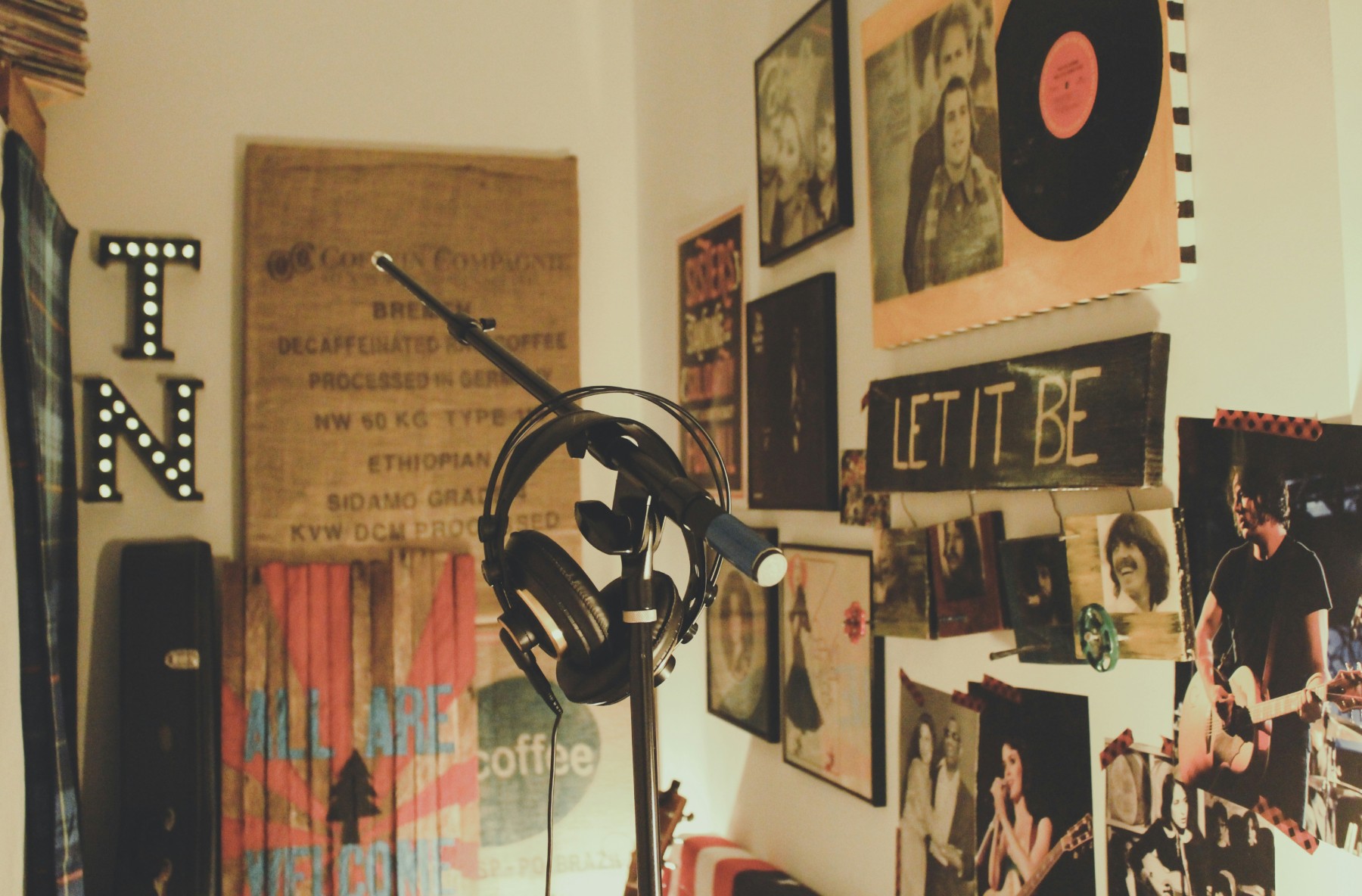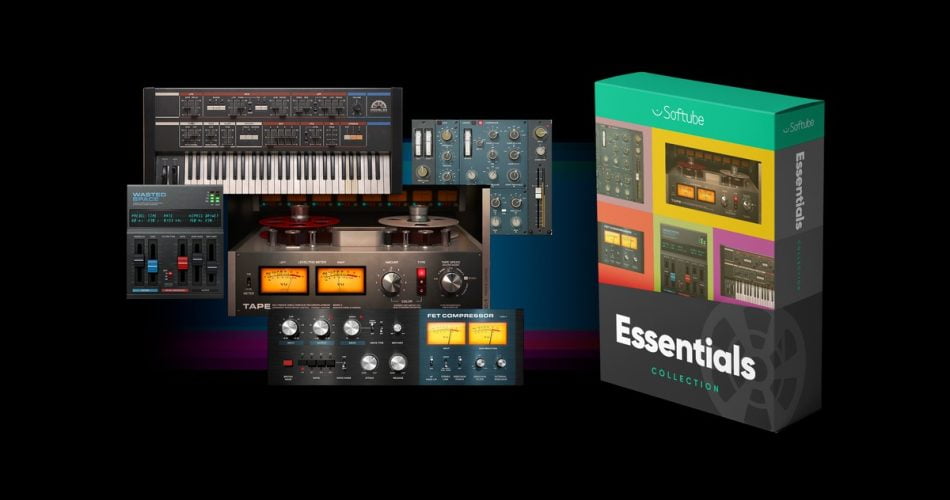7 Ways To Make Your Songs Sound Vintage
Making a song sound vintage can add a sense of nostalgia and […]
The post 7 Ways To Make Your Songs Sound Vintage appeared first on Point Blank’s Online Magazine.
McDSP have announced that all new APB-16 units will now come equipped with a USB-C connector and support for Thunderbolt 3 and Thunderbolt 4 ports on both Intel and Apple Silicon Macs.
https://plus.pointblankmusicschool.com/
Making a song sound vintage can add a sense of nostalgia and timelessness to your production and can help to give your production a unique character and personality. By incorporating vintage-style sounds, instruments, processing techniques, and effects, you can create a mix that has a classic, vintage vibe, and that stands apart from more modern-sounding productions.
However, it’s important to note that making a song sound vintage is a matter of subjective taste and that what one person considers “vintage” might be different from what someone else considers “vintage.” It’s also important to consider the balance between vintage elements and other elements in the mix. Too much vintage-style processing can quickly become overwhelming and detract from the overall impact of the mix. If you’re looking to get more in-depth knowledge on production, consider taking a music production course at Point Blank.
Ultimately, the key to making a song sound vintage is to experiment and find the right balance for your mix. With careful consideration and creative experimentation, you can use vintage elements to add a sense of nostalgia and timelessness to your production and create a unique, classic vibe that stands out from the rest.
Here are some techniques you can use to make your song sound vintage:
1. Tape emulation
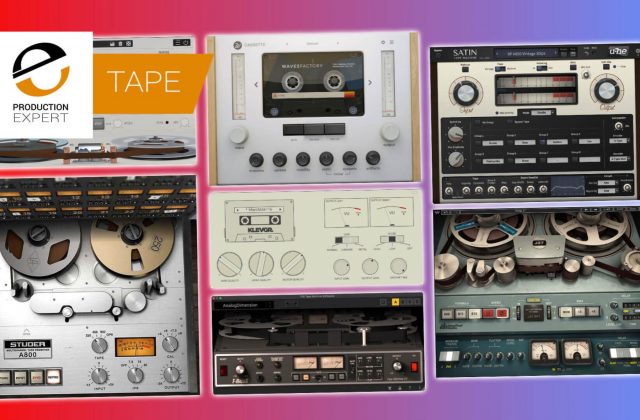
You can use tape emulation plugins to add the warmth and character of analog tape to your mix. These plugins can help to create a vintage vibe by simulating the analog tape distortion, saturation, and low-end roll-off that is characteristic of analog recordings. Tape emulation plugins can add a warmth and character to your mix that is reminiscent of analog tape recordings. Tape emulation plugins work by simulating the analog tape distortion, saturation, and low-end roll-off that is characteristic of analog tape recordings.
When using a tape emulation plugin, you can adjust the settings to control the amount of saturation, distortion, and low-end roll-off that is added to the mix. This can help you achieve the vintage vibe that you’re looking for, and can also help to create a cohesive and balanced mix.
It’s important to use tape emulation plugins sparingly, as too much can quickly make the mix sound cluttered and distorted. You can try using a tape emulation plugin on individual tracks or on the mix bus to add warmth and character to the overall mix.
Tape emulation plugins can be a great tool for adding vintage character to your mix, but it’s important to use them in moderation and to reference your mix against other commercial tracks to ensure that it meets professional standards.
2. EQ – helping make a vintage sound
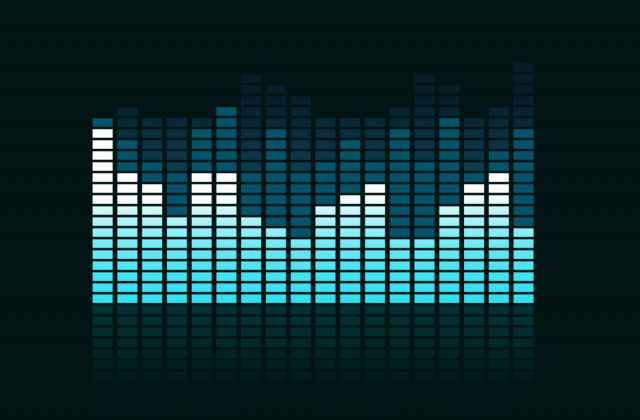
Use EQ to shape the sound of each track and add vintage character. For example, you can boost the low-mids to add warmth and body, and cut the high-end to reduce harshness and add a more laid-back feel.
EQ is a powerful tool for shaping the sound of each track and adding vintage character to your mix. When making a song sound vintage, you can use EQ to adjust the frequency balance of each track and create a cohesive and balanced mix.
Boosting the low-mids is a great way to add warmth and body to a mix, and can help to create a vintage vibe. For example, you might boost the frequencies around 200-400 Hz to add warmth to a vocal, or to enhance the bottom end of a bassline.
Cutting the high-end can also help to reduce harshness and add a more laid-back feel to a mix. For example, you might cut the frequencies above 10kHz to reduce the brightness of a synth, or to smooth out the high-end of a drum loop.
When using EQ to add vintage character to your mix, it’s important to be subtle and to make adjustments incrementally. Too much EQ can quickly make the mix sound unnatural and over-processed. Additionally, it’s important to reference your mix against other commercial tracks to ensure that it meets professional standards.
3. Compression – adding to that vintage sound
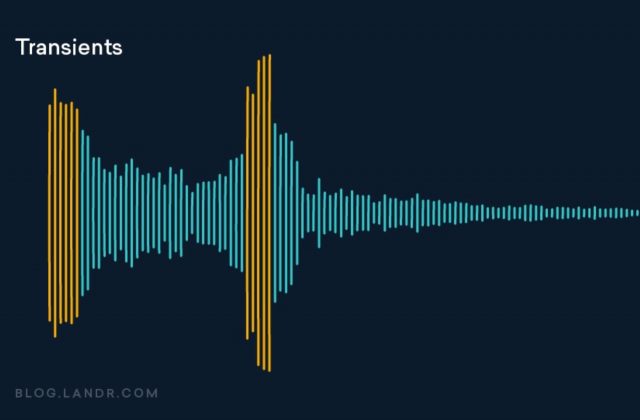
Use compression to even out the levels and add sustain to each track. You can also use vintage-style compressor plugins to add character and warmth to the mix.
Compression is an important tool for even out the levels and adding sustain to each track in your mix. When making a song sound vintage, you can use compression to create a cohesive and balanced mix by controlling the dynamic range of each track.
Using vintage-style compressor plugins can also add character and warmth to your mix. These plugins are designed to emulate the sound of analog compressors, and can help to add a vintage vibe to your mix by adding warmth, character, and sustain to each track.
When using compression to add vintage character to your mix, it’s important to be subtle and to make adjustments incrementally. Too much compression can quickly make the mix sound over-compressed and cluttered. Additionally, it’s important to reference your mix against other commercial tracks to ensure that it meets professional standards.
In general, you can use compression to add sustain to tracks such as vocals, drums, and bass, and to even out the levels of the mix. You can also use compression on the mix bus to add glue and cohesiveness to the overall mix.
4. Reverb
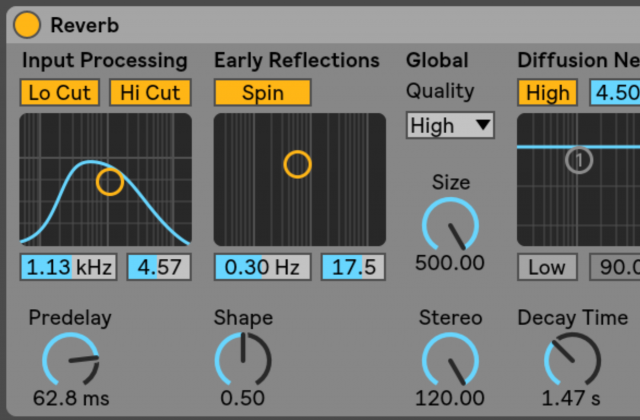
Add reverb to create a sense of space and depth. Use vintage-style reverb plugins or tape-style delays to add character to the mix.
Reverb is an important aspect of creating a sense of space and depth in a mix. By adding reverb, you can simulate the natural sound reflections that occur in real-world environments and help to create a believable and immersive soundscape.
There are many different types of reverb plugins available, each with their own unique character and sonic qualities. Some vintage-style reverb plugins emulate the sound of classic hardware reverb units, while others aim to recreate the sound of tape-style delays.
When using reverb to add character to a mix, it’s important to consider the type of reverb you’re using, as well as the amount and placement of the reverb in the mix. You may want to use a more vintage-style reverb on certain instruments or sounds to give them a warmer, more organic quality, or use a tape-style delay on others to add a lo-fi, gritty edge.
It’s also important to pay attention to the decay time and pre-delay settings of the reverb, as these can have a big impact on the sound and the sense of space. A longer decay time will create a more spacious and ambient sound, while a shorter decay time will make the reverb sound more present and in-your-face.
Ultimately, the key to using reverb effectively is to experiment and try different settings and techniques until you find the right balance for your mix. With a bit of practice and creativity, you can use
5. Distortion
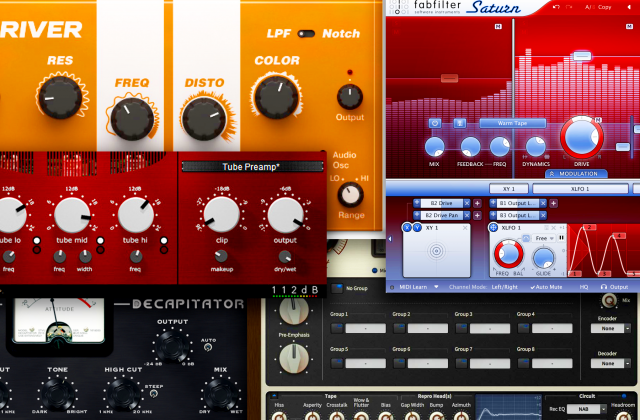
You can use distortion plugins or analog hardware to add a vintage edge to the mix. For example, you can add distortion to the drums or guitar to create a lo-fi, garage-rock vibe.
Distortion can be a powerful tool for adding character and edge to a mix. By intentionally introducing harmonic overtones and saturation, you can create a wide range of tonal colors and textures that can bring life and energy to your productions.
There are many different types of distortion plugins available, ranging from emulations of classic analog hardware to more modern, digital algorithms. Using distortion on individual tracks, such as drums or guitar, can add a vintage edge to your mix and create a lo-fi, garage-rock vibe.
It’s important to consider the type of distortion you’re using, as well as the amount and frequency range that you’re applying it to. For example, you might use a soft-clipping distortion on the drums to add some warmth and depth, or a more aggressive, overdriven distortion on the guitar to create a gritty, raw sound.
Another important consideration is the balance between distortion and the original signal. Too much distortion can quickly become overwhelming and muddy, while too little can leave the mix sounding flat and uninteresting. Finding the right balance is a matter of experimentation and subjective taste.
Overall, distortion can be a useful tool for adding character and vintage edge to a mix. Whether you’re using plugins or analog hardware, it’s important to use it judiciously and in conjunction with other processing techniques to create a cohesive and engaging sound.
6. Panning
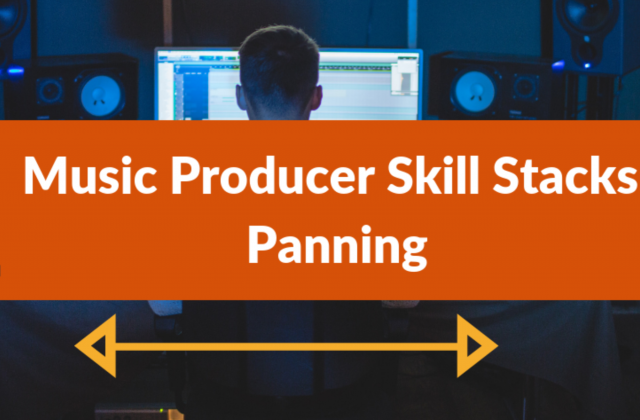
Use panning to create a vintage stereo image. For example, you can pan the drums to the center and the synths and other elements to the sides to create a classic stereo image.
Panning is a crucial aspect of creating a stereo image and can have a significant impact on the way your mix sounds. By adjusting the relative levels of different tracks in the left and right channels, you can create a sense of space, direction, and movement in your mix.
When creating a vintage stereo image, a common technique is to pan the drums to the center and other elements, such as synths or guitars, to the sides. This can create a classic stereo image that emphasizes the rhythm section and provides a solid foundation for the mix.
However, it’s important to note that the specific panning technique you use will depend on the musical style and the desired sound. For example, in some cases, you might want to pan the drums to one side and the synths to the other, or pan some elements in a more extreme position to create a more spacious and immersive sound.
It’s also important to consider the stereo width of each element in your mix. Using stereo-widening plugins or processing techniques can help to enhance the sense of space and separation between elements in the mix.
Ultimately, the key to effective panning is to experiment and try different techniques until you find the right balance for your mix. With careful consideration and some creative experimentation, you can use panning to create a vintage stereo image that brings life and energy to your productions.
7. Sampling
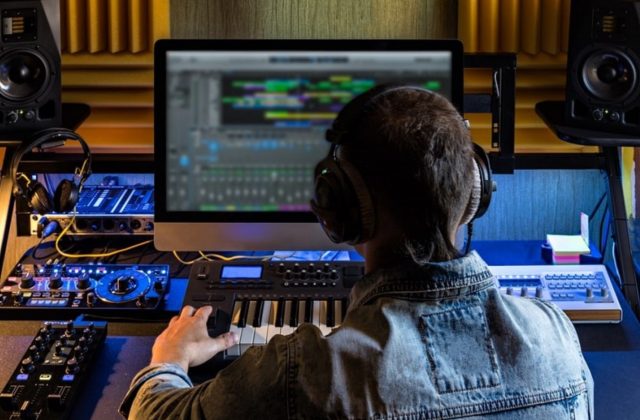
Use vintage sounds and samples to add a sense of nostalgia to the mix. This can include classic drum sounds, analog synth patches, and vintage-style sound effects.
By incorporating these techniques into your production, you can make your song sound vintage and add a timeless quality to your mix.
Using vintage sounds and samples is a great way to add a sense of nostalgia and timeless quality to your mix. Incorporating classic drum sounds, analog synth patches, and vintage-style sound effects can help to evoke a specific era or musical style and give your song a unique character.
When selecting vintage sounds and samples, it’s important to consider the genre and style of the song you’re working on. For example, if you’re creating a vintage-style hip-hop track, you might choose samples from classic funk or soul records, or if you’re producing a retro-style electronic dance track, you might use analog synth patches inspired by classic synth-pop or early house music.
It’s also important to consider the balance between vintage sounds and samples and other elements in the mix. While vintage elements can provide a sense of nostalgia and depth, too much can quickly become overwhelming and detract from the overall impact of the mix. Finding the right balance is a matter of experimentation and subjective taste.
Additionally, consider the processing and effects you use on the vintage sounds and samples. Using vintage-style effects, such as tape emulation, analog-style equalization, or vintage-style reverb, can help to enhance the character and authenticity of the vintage sounds and samples.
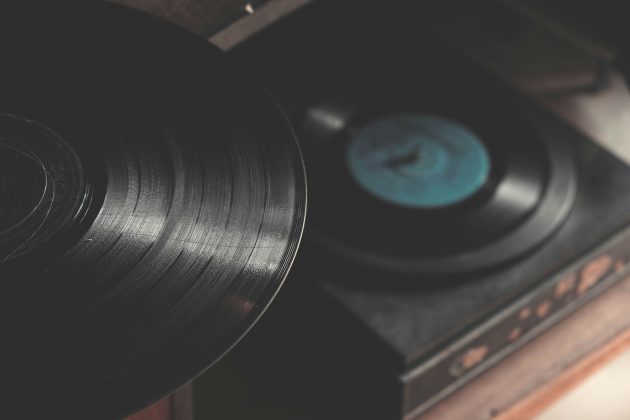
Incorporating vintage sounds and samples into your mix is a great way to add a sense of nostalgia and timeless quality. With careful consideration and creative experimentation, you can use these techniques to bring a classic, vintage vibe to your productions. And if you’d like to learn more or build on your music production skills, check out our music production programs, offered at our L.A., London, and Online campuses.
Register to Access Free Courses, Plugins, Projects, Samples & More
When you register with Point Blank, you access an array of free sounds, plugins, online course samples and much more! Simply register below and visit our Free Stuff page to get your hands on a range of exclusive music-making tools and tutorials provided by the team. Fill your boots!
The post 7 Ways To Make Your Songs Sound Vintage appeared first on Point Blank’s Online Magazine.
This is a syndicated post. To read more, click the source link above.
